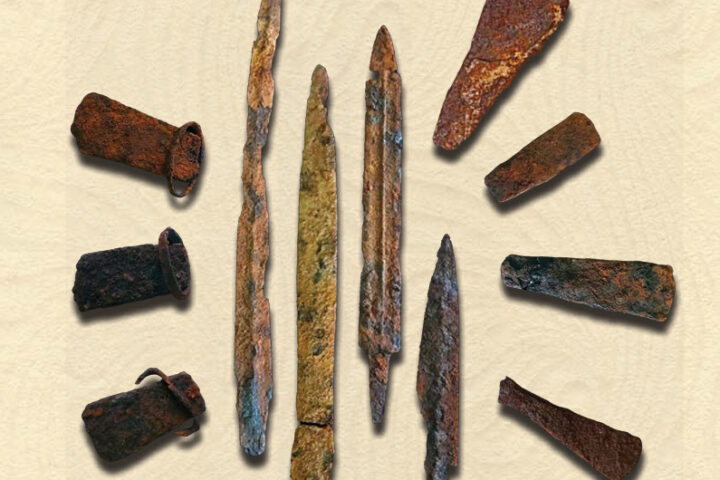Research published in Science and Nature has established that Neanderthal and modern human interbreeding peaked around 47,000 years ago, with gene flow occurring over approximately 7,000 years. The studies provide unprecedented insight into human evolution and migration patterns.
The research teams, led by scientists at the University of California, Berkeley and the Max Planck Institute for Evolutionary Anthropology, analyzed DNA from 275 present-day humans and 59 prehistoric individuals who lived between 2,200 and 45,000 years ago.
“The timing is really important because it has direct implications on our understanding of the timing of the out-of-Africa migration, as most non-Africans today inherit 1-2% ancestry from Neanderthals,” said Priya Moorjani, assistant professor of molecular and cell biology at UC Berkeley.
New Archaeological Evidence
Excavations beneath Ranis Castle in Germany yielded remarkable findings: the oldest genetic specimens of modern humans discovered to date. The remains included a mother and baby daughter, along with other relatives, dating back 45,000 years. DNA analysis revealed these individuals belonged to the Lincombian-Ranisian-Jerzmanowician (LRJ) culture.
“Ranis is very exciting and gives us some sort of insight into the oldest modern human family that we have genetic data for,” explained Arev P. Sümer, computational biologist at Max Planck Institute.
Genetic Legacy
The research reveals that East Asians possess approximately 20% more Neanderthal genes than Europeans and West Asians. This genetic variation suggests different migration patterns among early human populations.
Benjamin Peter of the Max Planck Institute noted, “We show that the period of mixing was quite complex and may have taken a long time. Different groups could have separated during the 6,000- to 7,000-year period.”
Scientific Implications
The studies identified regions in modern human genomes completely devoid of Neanderthal DNA, termed “Neanderthal deserts.” These areas developed rapidly after interbreeding, suggesting certain Neanderthal gene variants were lethal to modern humans.
Leonardo Iasi from Max Planck Institute observed, “We find that very early modern humans from 40,000 years ago don’t have any ancestry in the deserts, so these deserts may have formed very rapidly after the gene flow.”
Health and Adaptation
Surviving Neanderthal genes in modern humans primarily affect immune function, skin pigmentation, and metabolism. Some of these genes proved beneficial – one variant offers protection against COVID-19. The research indicates certain Neanderthal genes increased in frequency over time, suggesting evolutionary advantages.
“Neanderthals were living outside Africa in harsh, ice age climates and were adapted to the climate and pathogens in these environments. When modern humans left Africa and interbred with Neanderthals, some individuals inherited Neanderthal genes that presumably allowed them to adapt and thrive better in the environment,” Iasi explained.
More Stories
Migration Patterns
The genetic evidence indicates the initial migration of modern humans from Africa into Eurasia concluded around 43,500 years ago. Archaeological evidence suggests modern humans may have reached Australia and China earlier, though these dates remain under scientific debate. Dr. Skoglund notes that these sites could have been incorrectly dated, or represent earlier populations that did not survive.
“These results provide us with a deeper understanding of the earliest pioneers that settled in Europe,” says Johannes Krause, senior author of the study. “They also indicate that any modern human remains found outside Africa that are older than 50,000 years could not have been part of the common non-African population that interbred with Neanderthals and is now found across much of the world.”
Future Research
Moorjani’s team is currently examining Neanderthal sequences in East Asian populations, who carry genes from both Neanderthals and Denisovans. “It’s really cool that we can actually peer into the past and see how variants inherited from our evolutionary cousins, Neanderthals and Denisovans, changed over time,” Moorjani said.
The studies were published in Science and Nature, with support from the Burroughs Wellcome Fund and the National Institutes of Health.


















